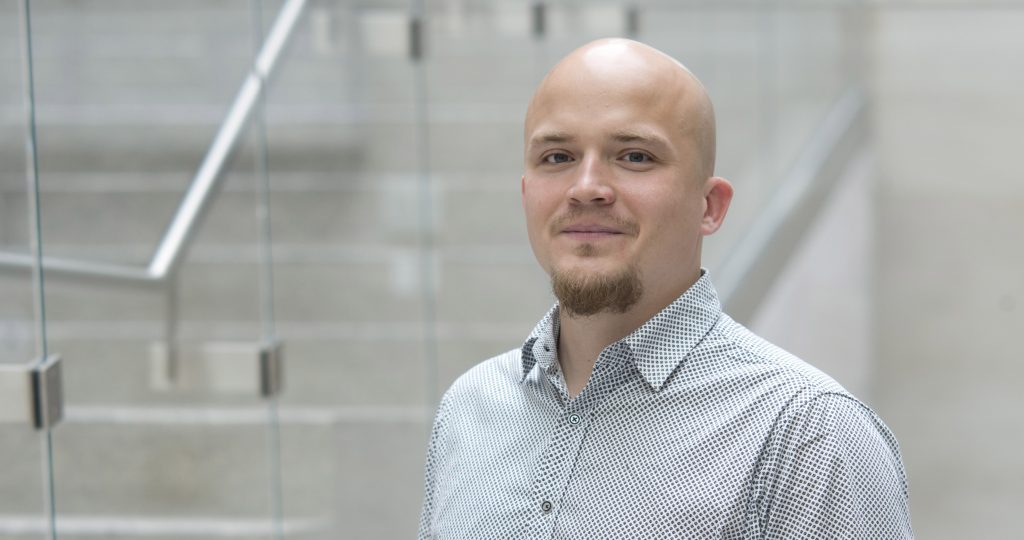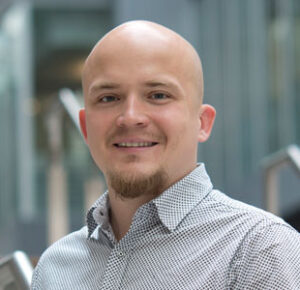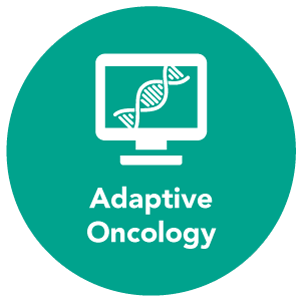For Dr. Jüri Reimand, tracking down the mutations that cause cancer is a little like archeology – you must sift through all the elements to understand the whole story. “While every cancer genome contains a small number of driver mutations responsible for cancer, a far larger number of functionally inactive ‘passenger’ mutations tell us about the evolution of the cancer genome and its exposures over time,” he says.
Reimand, a Principal Investigator in OICR’s Computational Biology Program, and his team, have created a new computational tool to characterize mutational frequencies and processes affecting classes of functional genomic elements.
“While it is well-established that mutation rates are highly variable in the cancer genome and among different types of cancer, there is a need for computational methods to systematically analyze genomic elements to pinpoint those that display distinct mutational patterns,” says Christian Lee, co-first author of the study and graduate student at OICR and Department of Medical Biophysics, University of Toronto.
In particular, the team focused on the non-coding, regulatory genome for clues about the origins of cancer and mutations. “Mutations in the genome are not distributed randomly, only a small minority of all mutations cause cancer, and our tool helps identify these mutations and understand why they occurred,” explains Reimand.
In a recently published paper and another preprint, the research group describes how they analyzed mutational processes acting on different resolutions of the cancer genome and their underlying causes, such as faulty DNA repair mechanisms and lifestyle factors such as tobacco use and sun exposure. “We know that some regulatory elements of the genome have more mutations, for example the elements controlling highly active genes, or others that are consistently utilized in many types of cells. This accumulated damage may affect critical elements of oncogenes and tumour suppressors, potentially making the cancer more aggressive as it evolves.” says Reimand. “For example, our research has refined the mutational processes that affect non-coding regions involved in the 3D structure of the cancer genome.”
The tightly bound, dynamic structure of the genome is controlled by a specific group of proteins. For example, the binding sites of CTCF, the master regulator of chromatin architecture, is frequently mutated in several cancer types. Using their newly developed tool, Reimand and team show that this signal is driven by a subset of highly conserved CTCF binding sites shared across dozens of cell lines. Disruption of these regions can alter the underlying DNA conformation and genetic interactions, and thereby contribute to genomic instability and cancer.
On the other hand, megabase-scale (1 million nucleotides) DNA domains are subject to different mutational processes that correlate with the epigenomes of cancer cells, and as such, understanding regional changes in the DNA allows us to predict when and where the passenger mutations predominantly occurred during tumour evolution.
“To better understand the formation of these mutations we need to use computational tools to look at many elements of the genome at the same time. There is a constellation of factors behind the formation of cancer,” says Reimand. “Our tools will enable us to better characterize patient information such as clinical and pathology data as well as lifestyle factors. There is also an opportunity to better understand the processes in rare hereditary cancers by linking specific inherited genetic risk variants with mutational processes in cancer genomes.”
Reimand’s work builds on the Pan-Cancer Analysis on Whole Genomes project which analyzed the genomes of 2,500 patients to better understand the inner workings of the non-coding regions of the genome.




